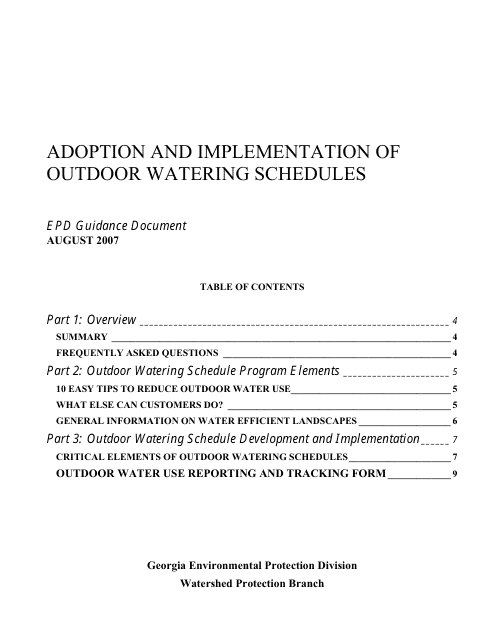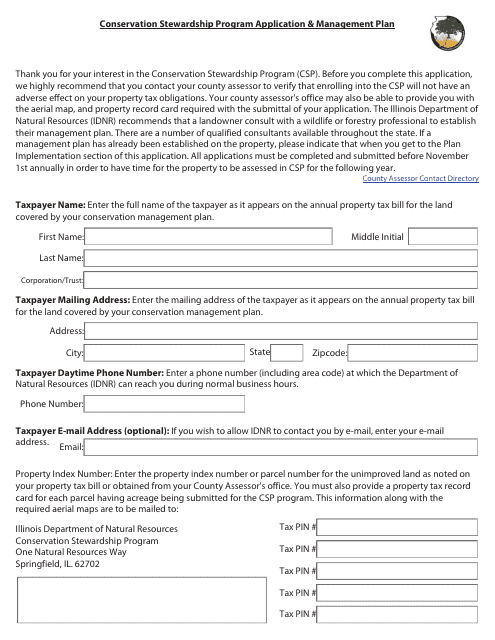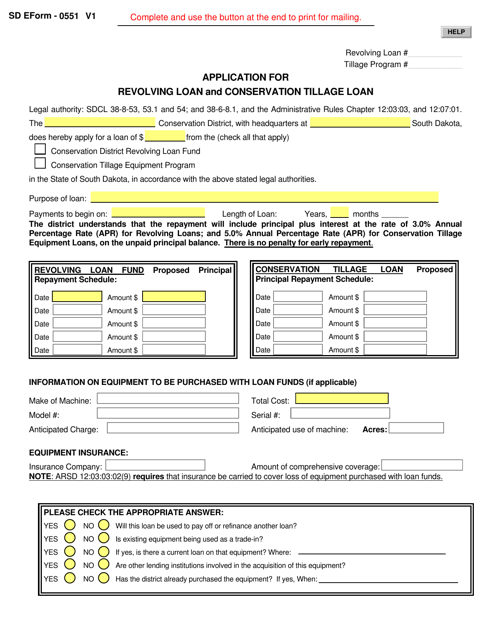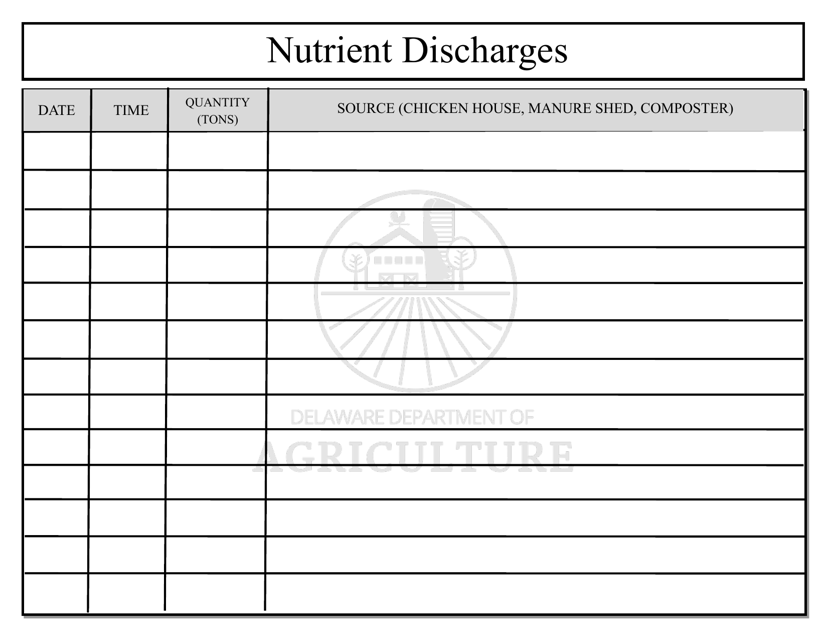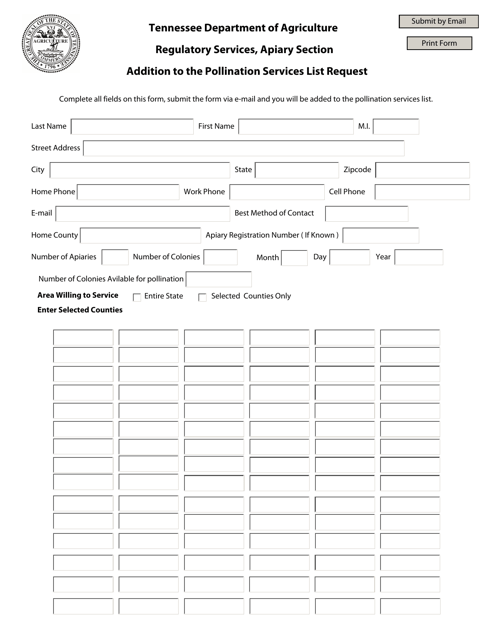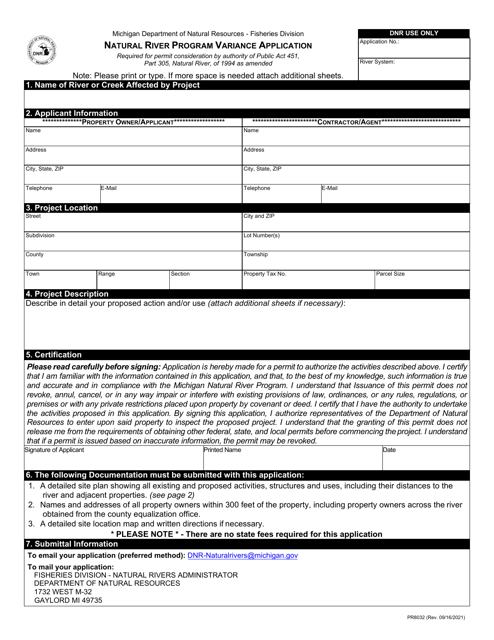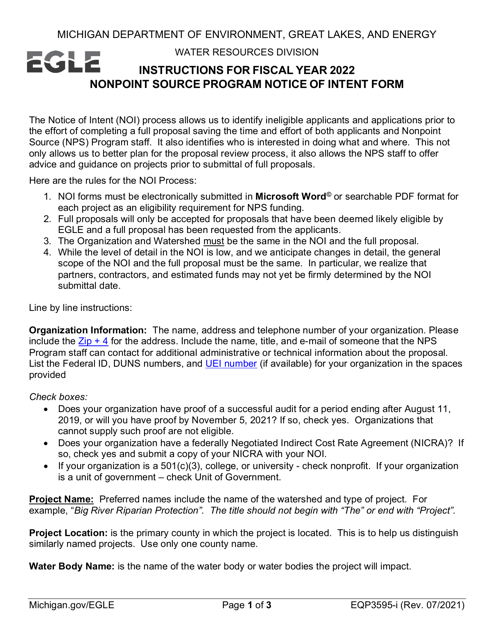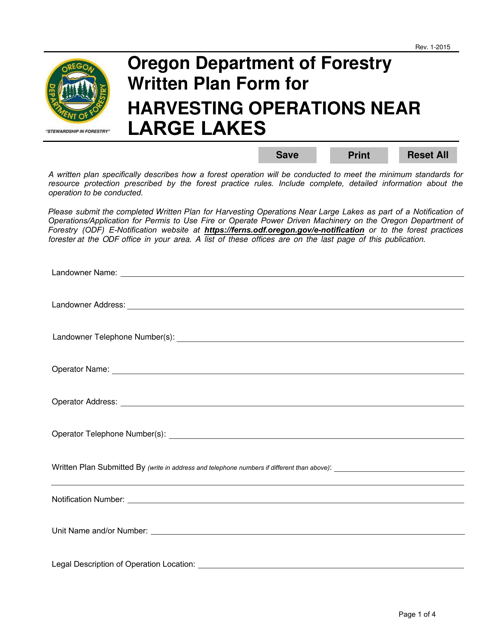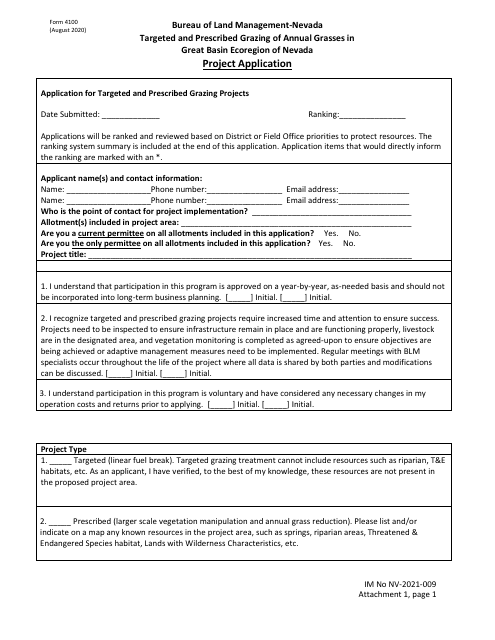Conservation Practices Templates
Conservation Practices: Promoting Sustainability and Environmental Stewardship
Our conservation practices encompass a wide range of initiatives aimed at preserving and protecting our natural resources. Through the adoption of sustainable strategies, we strive to ensure the long-term vitality of our ecosystems and promote environmental stewardship.
With a focus on water management, our conservation practices emphasize the implementation of outdoor watering schedules that are tailored to specific regions, such as those in Georgia (United States). By optimizing water usage, we help communities reduce waste and preserve this precious resource for future generations.
In addition, our conservation stewardship program, as exemplified by the applications and management plans in states like Illinois, encourages landowners to adopt sustainable agricultural practices. Through this program, we provide support and incentives for conservation efforts that enhance soil health, protect water quality, and safeguard biodiversity.
Recognizing the importance of sustainable financing, our initiatives also include loan programs that promote conservation tillage practices, as demonstrated by the application in South Dakota. By incentivizing farmers to adopt methods that minimize soil erosion and promote long-term soil health, we contribute to both environmental sustainability and long-term profitability.
Moreover, our commitment to preserving pollinator habitats is evident in the request for additions to the pollination services list in Tennessee. We encourage individuals and communities to actively participate in conserving essential pollinators, such as bees and butterflies, by implementing practices that support their habitats and promote pollination.
Finally, our efforts extend to protecting and preserving natural river systems, as demonstrated by the Natural River Program Variance Application in Michigan. By actively engaging in conserving these vital ecosystems, we ensure the continued provision of numerous ecological services and recreational opportunities for local communities.
In summary, our conservation practices promote sustainability, advocate for environmental stewardship, and aim to protect our natural resources for future generations. Through a combination of region-specific initiatives, innovative financing options, and community involvement, we strive to create a more resilient and sustainable future.
Documents:
9
This document outlines the adoption and implementation of outdoor watering schedules in Georgia, United States. It provides guidelines and regulations for efficient water usage in outdoor landscaping and watering practices.
This document is for applying and managing the Conservation Stewardship Program in Illinois. It helps individuals and organizations in Illinois to apply for and manage their participation in the program.
This form is used for applying for a revolving loan and conservation tillage loan in South Dakota.
This document provides information about nutrient discharges in Delaware. It includes data on the amount and types of nutrients being released into the environment, as well as strategies for addressing and reducing these discharges.
This document is an addition to a list of pollination services requested specifically in the state of Tennessee. It is used to update the existing list with additional information.
This form is used for submitting a Notice of Intent for the Nonpoint Source Program in Michigan. It provides instructions for completing the form and submitting it to the appropriate agency.
This form is used for planning and documenting harvesting operations near large lakes in Oregon. It ensures that harvesting activities are conducted safely and in accordance with regulations to protect the lake ecosystem.
This form is used for submitting a project application for targeted and prescribed grazing of annual grasses in the Great Basin Ecoregion of Nevada.

